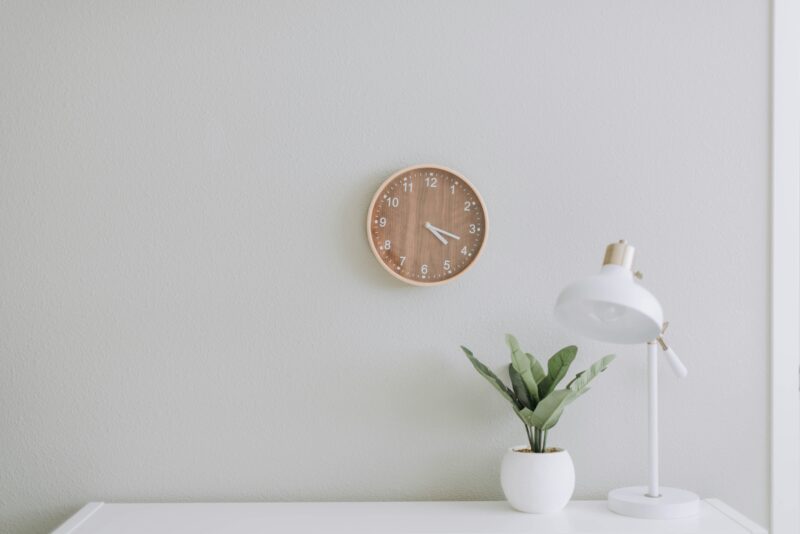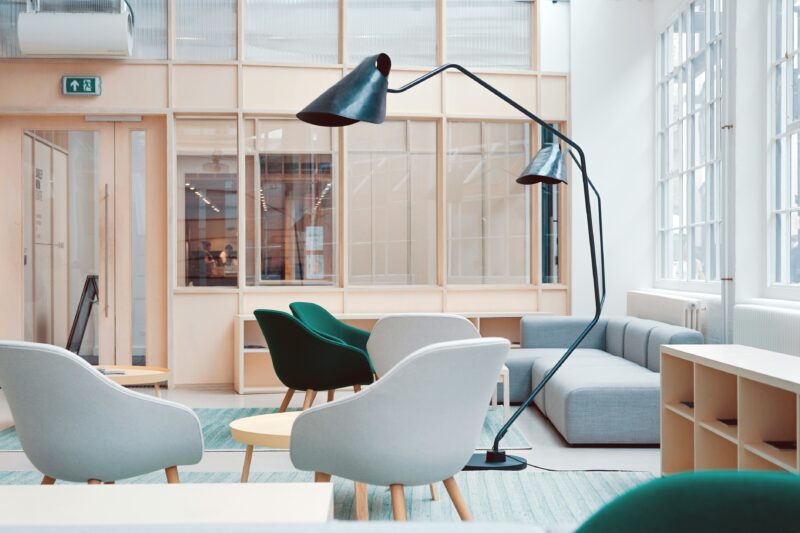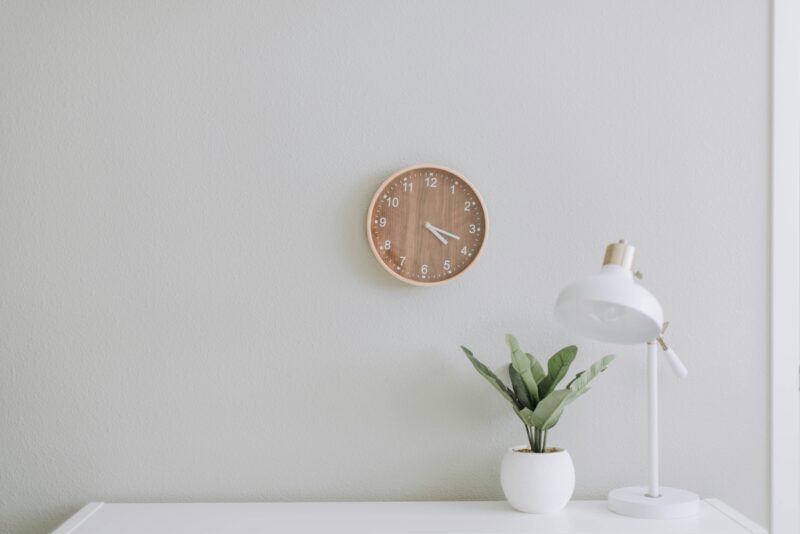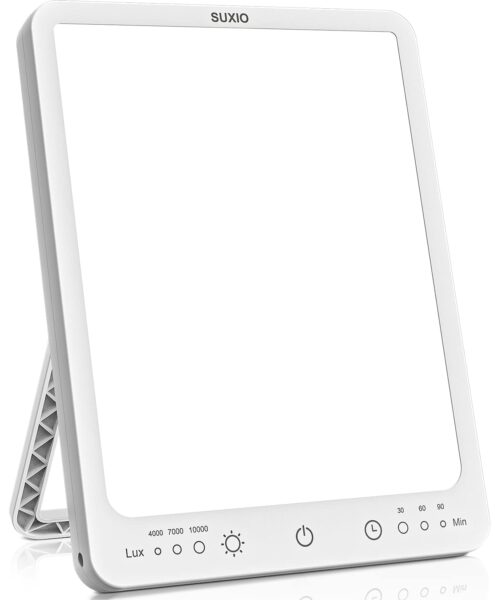Hospital design plays a pivotal role in influencing patient experiences, recovery times, and overall well-being. Incorporating the concept of optimal healing environments, modern hospitals are transforming into spaces that embrace holistic health principles. With a focus on more than just curing diseases, they aim to create a healing environment in hospitals that supports emotional and psychological needs. For more insights, readers can explore how various elements of hospital design, such as room location and floor patterns, influence patient recovery.

Healing environments are intentionally crafted to support emotions and behaviors conducive to health, such as happiness and relaxation. This approach improves the hospital environment, and some of its key elements include:

This patient-centered approach benefits from emphasizing patient and family experience through empathy-driven design changes.

Looking towards futuristic hospital design, innovations such as biophilic design principles, decentralized care models, and the integration of autonomous vehicle technology are paving the way for empathetic, patient-centered hospital environments. The focus on sustainable hospital design aligns with the increasing importance of environmental responsibility in healthcare.
These elements are transforming hospitals from mere "machines for healing" into environments that truly foster recovery and well-being. With the integration of healing architecture concepts and a focus on designing spaces that are empathetic to cultural perceptions, hospitals are positioned as not only healthcare centers but havens for healing. This shift emphasizes creating spaces that improve the quality of care for patients and their families, advancing the field of hospital design towards a more holistic approach.

In the quest to enhance hospital environments for better patient outcomes, "Aromatherapy: A Complete Guide to the Healing Art" emerges as a quintessential resource. This guidebook dissects the nuanced art of aromatherapy, suggesting myriad ways to infuse therapeutic scents into medical settings. The cover, adorned with a harmonious blend of rose petals, implies a natural, serene approach to healing. By integrating the essential oil wisdom from this comprehensive guide, hospitals can cultivate a tranquil atmosphere, thereby enhancing patient recovery through olfactory stimulation.

In the realm of hospital design, the focus on creating an environment that promotes healing extends to every detail. An excellent example is the inclusion of ergonomic furniture like the chair seen in the provided image. This chair is not just a seating option; it's a wellness tool. Engineered for comfort, its breathable mesh and skin-friendly materials ensure that both patients and healthcare staff are seated in a healthy posture, minimizing the stress on the body during long hours of use. Its adjustability caters to a personalized fit, making it an essential addition to any medical facility striving for a healing environment. Discover more about this ergonomic chair designed for comfort and health.

In the quest for hospital spaces that foster well-being, the SUXIO Light Therapy Lamp emerges as a beacon of innovation. With its sleek, modern design, this lamp delivers full-spectrum light akin to natural daylight, crucial in environments where exposure to sunlight is limited. Its adjustable settings allow patients to personalize intensity levels, potentially mitigating the effects of Seasonal Affective Disorder (SAD) and improving circadian rhythms. By incorporating this therapeutic gadget, hospitals can promote a sense of tranquility and hope, essential ingredients in the healing process.
As we wrap up our exploration of how hospital design fosters healing, we're thrilled you've joined us on this journey towards creating environments that nurture both body and mind. If you're as fascinated by the magic of thoughtful architecture as we are, why not stay connected and continue the conversation? Follow us on Pinterest for inspiring images and ideas that breathe life into spaces, or check out our Instagram to see the latest trends in holistic hospital design. For quick tips and ongoing updates, follow us on X (formerly Twitter), and don't forget to join our community on Facebook. We love to hear your thoughts and experiences, so feel free to share how these concepts resonate with you. Until next time, let's keep imagining spaces that heal.
Healing architecture focuses on creating spaces that aid in patient and resident recovery by supporting self-healing processes. This approach aims to eliminate environmental stresses, such as minimizing noise from slamming doors and ensuring adequate private spaces and unimpeded movement for individuals.
An Optimal Healing Environment (OHE) encompasses three main components of care: (1) the "inner" personal environment, focusing on the well-being of both the healthcare team and patients; (2) the "inter" personal or relational environment, which highlights the quality of interactions in care delivery; and (3) the "external" physical and behavioral environment within the healthcare setting.
The OHE framework identifies four critical areas for healing: internal, interpersonal, behavioral, and external. These domains help interpret research findings and their potential to influence the healing process.
According to the Center for Health Design, healing design involves creating environments that improve health outcomes by incorporating evidence-based design strategies that foster healing and recovery.

Immerse yourself in architecture’s most boundary-pushing ideas—where innovative home improvements meet visionary urban developments. Discover new building techniques, materials, and creative concepts that are redefining how we shape our spaces on a global scale.